
Death, Disease, and Life at War – The Civil War Letters of Surgeon James D. Benton, 111th and 98th New York Infantry Regiments, 1862-1865
Christopher E. Loperfido
Savas Beatie, 2018, 140 pgs, $16.95
ISBN: 978-1-61121-359-1
Image courtesy of amazon.com
Medical history of the American Civil War has always fascinated me, not only because it tends to be overlooked in larger works, but because many regulations were put in place after the war because of it. Death, Disease, and Life at Warare the letters of Surgeon James D. Benton and gives many in the Civil War community a chance to see the lives of both the 111th and 98th New York Regiments through the ideas of their medic. I’m not sure the last time I’ve seen regimental histories, or letters from certain regiments, through the eyes of a surgeon, and this addition to Civil War academia is welcomed.
Christopher E. Loperfido is a graduate from Oswego State University with a bachelors degree in history and political science. He also worked for the National Park Service at Gettysburg National Military Park as both an intern and National Park Service Ranger. Death, Disease, and Life at War, is his first book, and I hope it’s not his last.
Civil War letters are some of the most interesting portraits of history to me, mainly because it is the outlook of those who fought for their country and their cause. And while some might say that you have to take them with a grain of salt, I take them for their face value, presenting what a certain person wants to say about a moment in time. However, the letters of Surgeon Benton have offered a medical insight. Loperfido, in offering these letters to us, gives an insight into that field that I’ve always wanted more from. While not every letter presented has something to do with medicine, or surgical means, those that do have given me a greater understanding to this practice in the war. Not only that, but the author’s narratives and editorials throughout only add to the depth of the information presented before us. The number of appendices that finalize the book are also more insights into the medical world I did not know before. The subjects range from Dr. Letterman, to amputations. There’s also an appendix on lint. These are all things that add to our study of Civil War medicine.
I highly recommend this book to anyone interested in Civil War medicine. I also recommend this to those just getting into the study of the war. I own one of the medical manuals from the war, and it’s highly unreadable to me since I know little about surgery or the jargon used in the lines. But this book presents the material in an understanding way, and it is fairly approachable. From the narratives and editorials, I hope that Loperfido gives us more in his career.
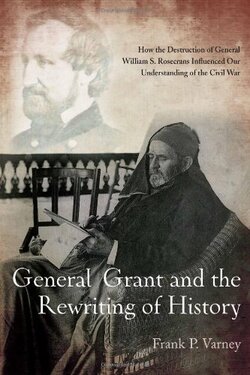
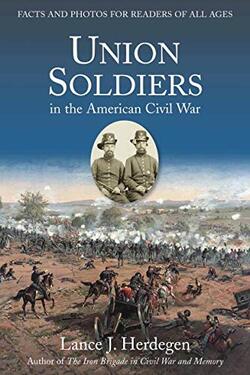
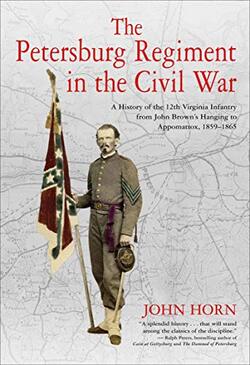
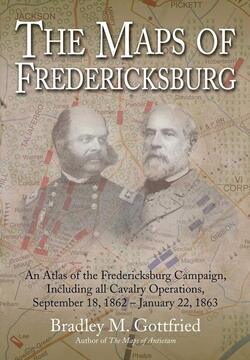
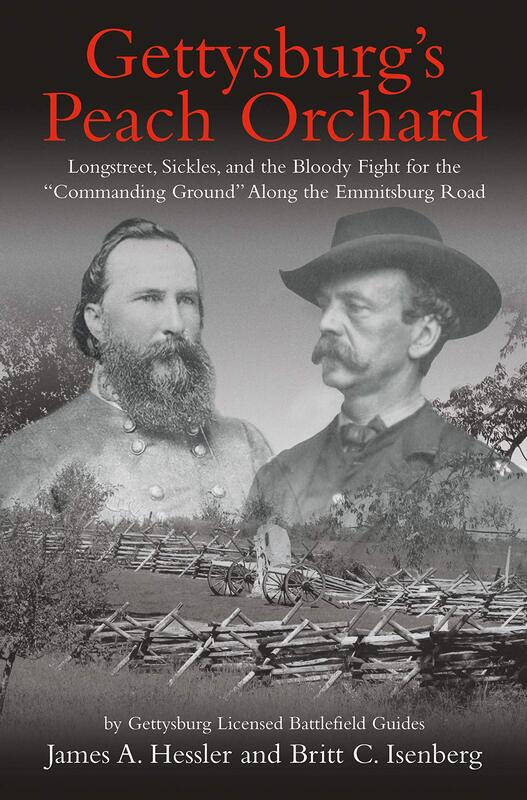
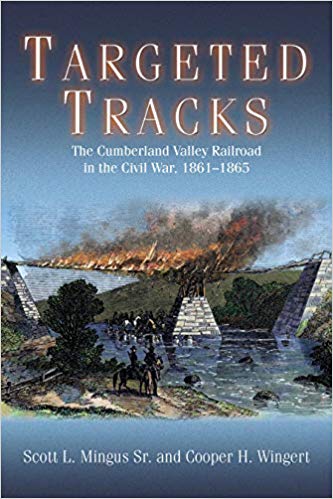
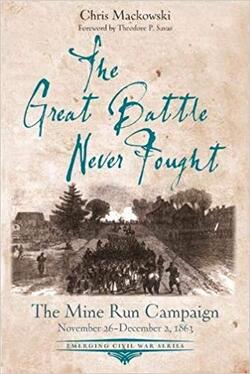
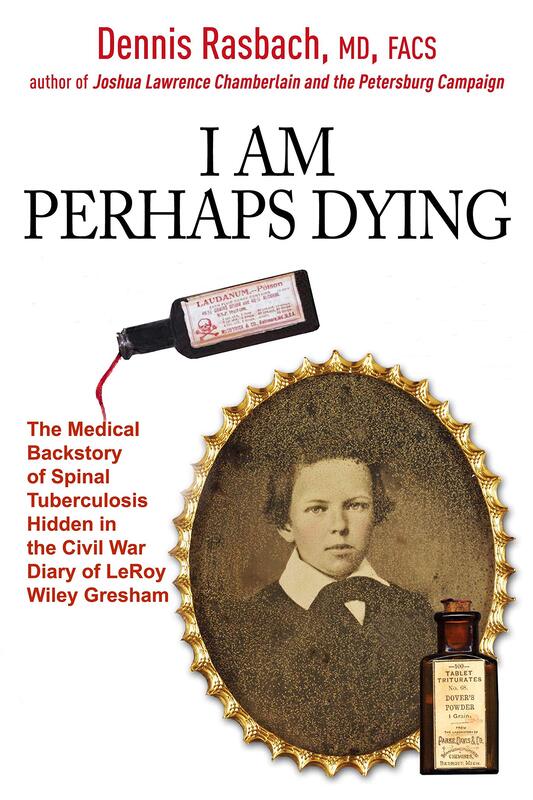
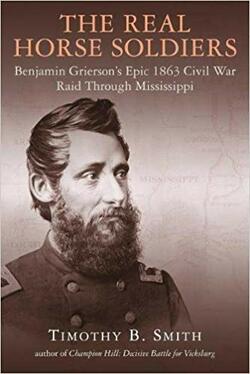
 RSS Feed
RSS Feed
